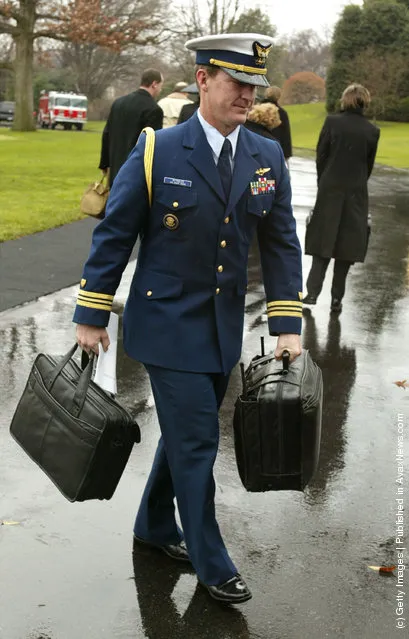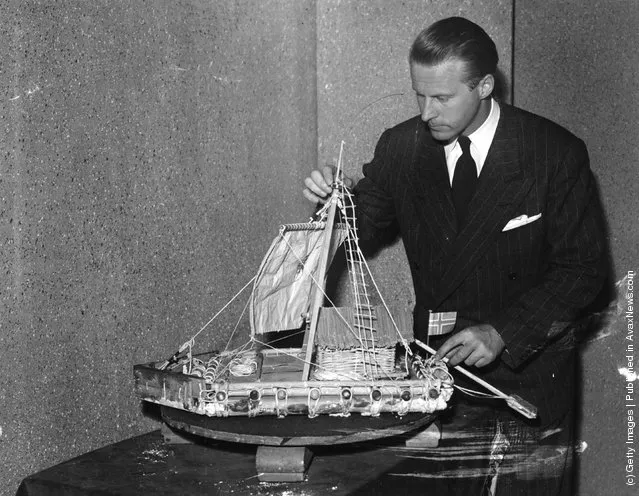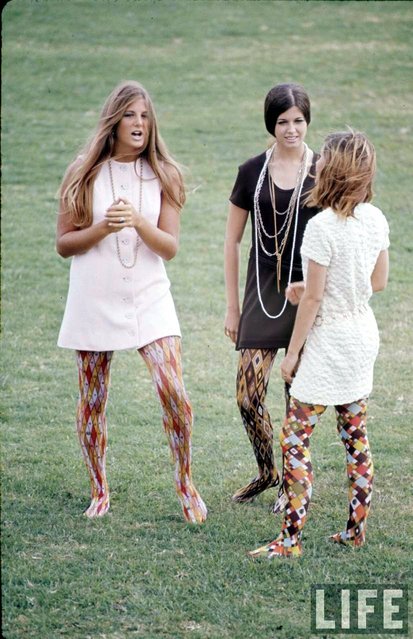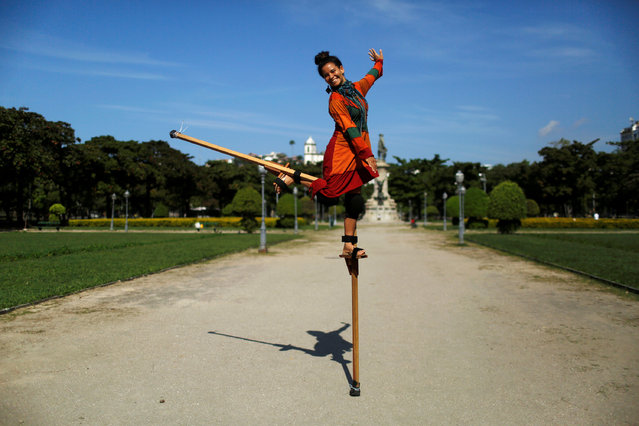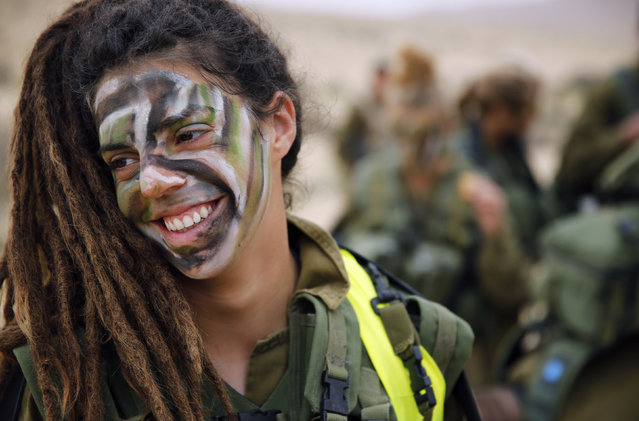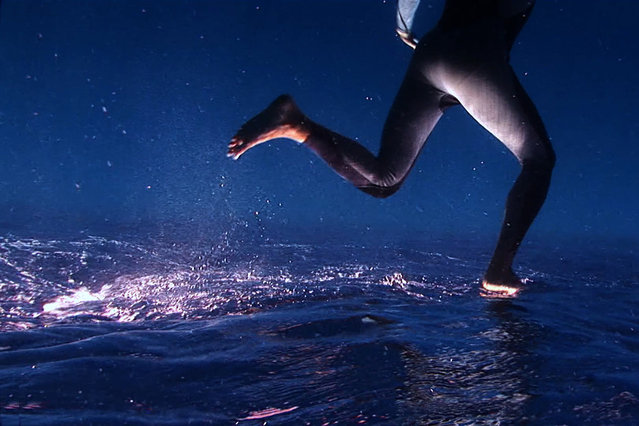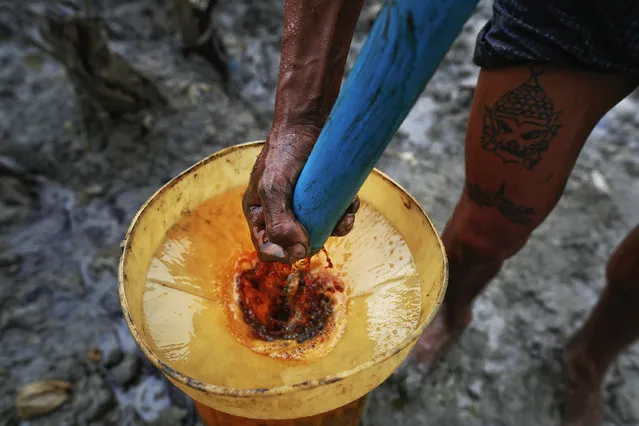
The stories of a unique bond between a child and their pet are as timeless as they come, but rarely does the pet have wings. Such is the case with photographer Cameron Bloom whose son Noah happened upon a baby magpie in 2013 when the family was out walking near their home in Newport, Australia. After consulting with a veterinarian, the family learned to raise the orphaned bird, who they affectionately named Penguin.
17 Sep 2015 10:38:00,post received
0 comments

